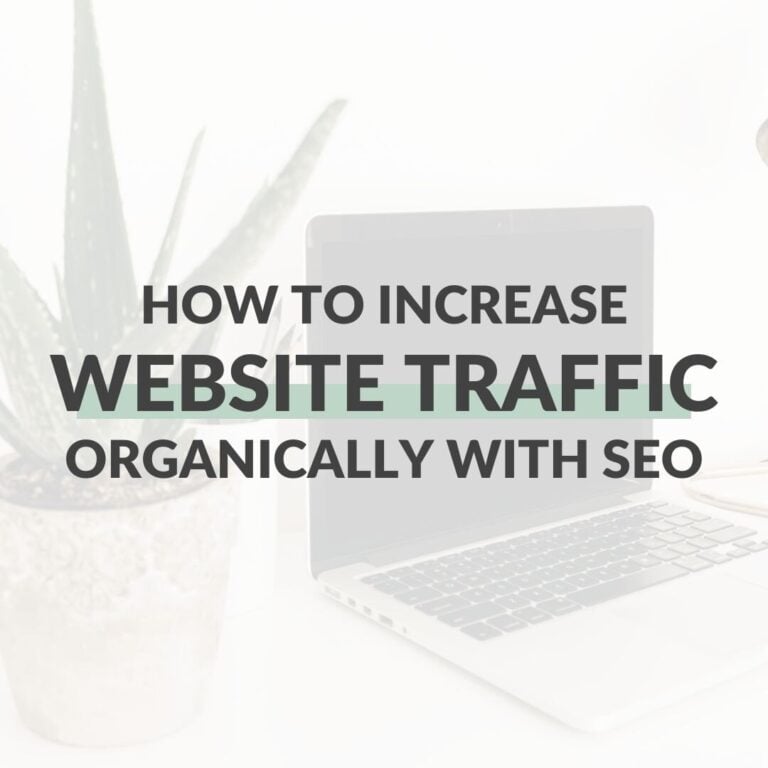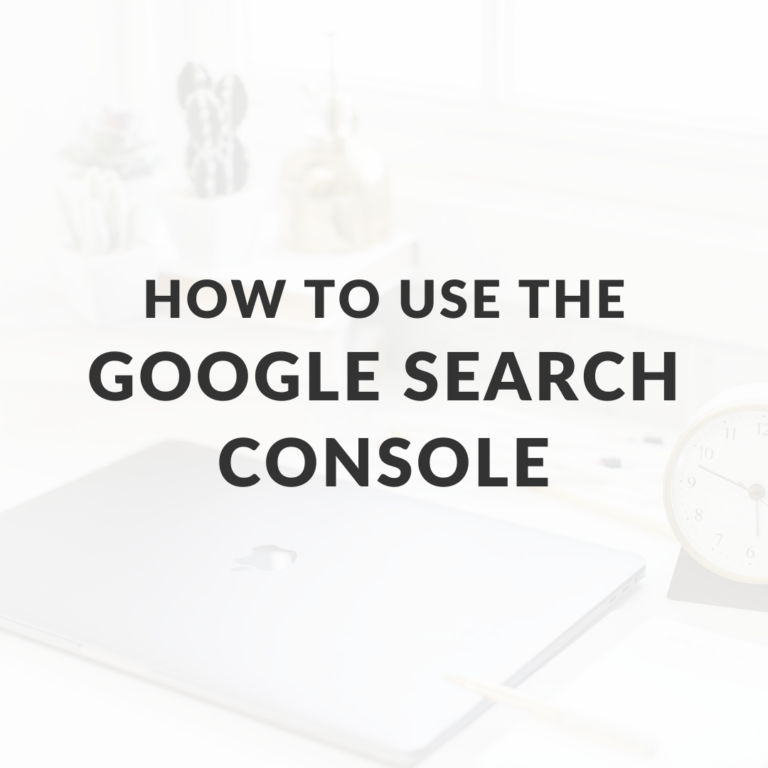How to Write Alt Text
If you’re spending time learning SEO basics and optimizing your website for better search results, it’s good practice to focus on your image alt texts! Learn more about how to write alt text here and how you can boost your website’s SEO through alt text.
If you’re unfamiliar with alt text, it’s an attribute that’s added to an image’s HTML code. The alt text describes what an image is about for the visually impaired who may visit your website. It can also provide an SEO boost when applied properly.
The purpose of alt text is to describe what is seen within an image on a website. It’s another opportunity to tell search engines what your page or blog post is about.
About 33% of Google search results include images. That means that alt text matters, and you can really be missing out on organic traffic if your images are not optimized properly!
Alt Text Best Practices
DO include keywords in the alt text if they are applicable but DON’T stuff the alt text with random keywords you’re hoping to rank for, hashtags, or www[dot]yourwebsite[dot]com. This tactic is known as keyword stuffing, and this is not helpful for screen readers.
I think it’s easy to overthink alt text when you’re writing them for the first time. It’s actually quite simple: Describe what you see in the image in 16 words or less (Google won’t read past 16 words).
Here is an example of good image alt text: “croissant on a plate next to a cup of coffee and open Macbook”
This is an alt text example that is not ideal: “Writing a blog post on my laptop in a coffee shop with a croissant and cup of black coffee #bloggingtips #bloggingideas”
Here are some good examples of alt text to help you out:
- chocolate chip cookies on a plate next to a glass of milk
- fruit basket placed on a kitchen island next to a coffee maker
- woman holding to-go coffee cup walking out of a coffee shop
I hope you found these tips helpful! Are you applying alt text to all the images you upload to your website?




